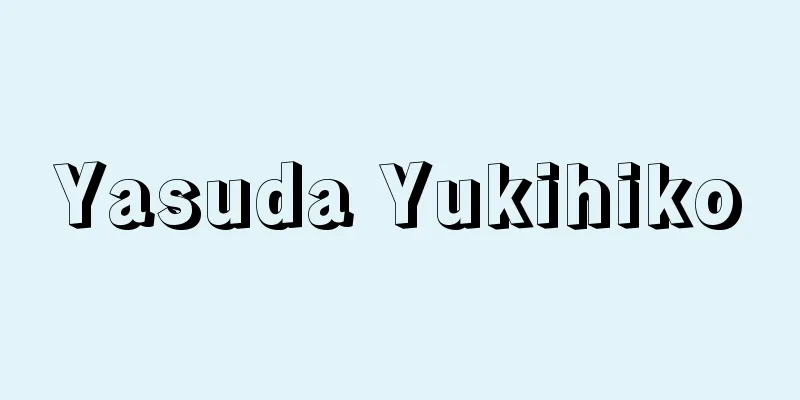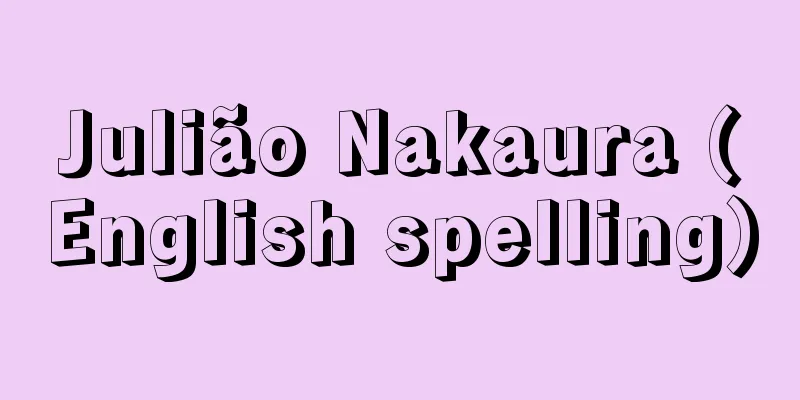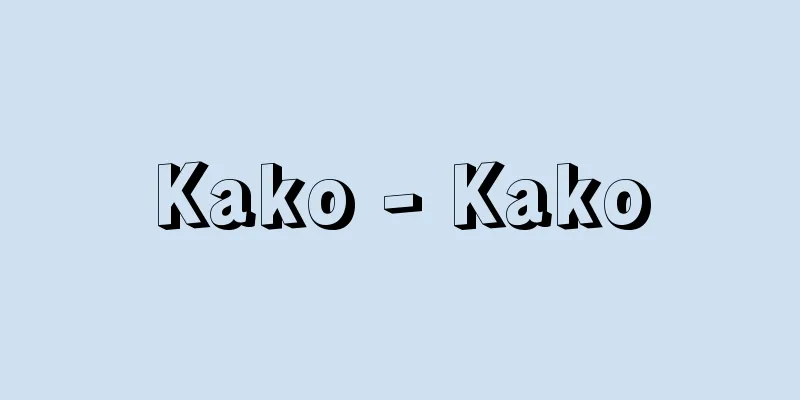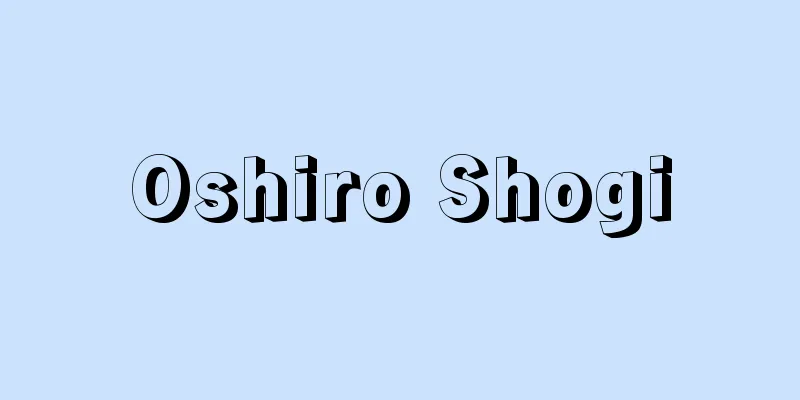Yasuda Yukihiko

|
Japanese painter. His real name was Shinzaburo. He was born in Nihonbashi, Tokyo. In 1898 (Meiji 31), he became a student of Kobori Tomomoto, and in the same year, he and his friends formed the Shiko Society. In 1900, this was renamed the Koji Society when Imamura Shiko joined, and together they aimed to create a new style of Japanese painting. In 1901, he entered the Tokyo School of Fine Arts, but dropped out after about six months. In 1907, his work "Hotei" won second prize at the Tokyo Industrial Exposition, and his work "Houkou" won third prize at the first Bunten exhibition. He was forced to take time off work around this time, but in 1912 (Taisho 1), he exhibited "Yumedono" (Tokyo National Museum) at the sixth Bunten exhibition, attracting attention. His style, which uniquely assimilated the traditions of Yamato-e and aimed for new, elegant historical paintings, was highly praised. He disbanded the Kojikai in 1938, but joined the Japan Art Institute when it was re-established the following year, submitting "Prayer for Childbirth" at its first exhibition, thereby establishing his position. In 1934 (Showa 9), he became an Imperial Household Artist, and in 1935, a member of the Imperial Fine Arts Academy. He was a professor at the Tokyo School of Fine Arts (which became Tokyo University of the Arts in 1949) from 1944 to 1951 (Showa 26). In 1948, he was awarded the Order of Culture. Other notable works include "Imperial Dream," "Spring at Gogoan," "Sunziruhime Soldier," and "The Battle of Kisegawa." He died in Oiso, Kanagawa Prefecture. [Minoru Harada] "Painting Ideas - Yasuda Yukihiko Collected Works" (1982, Chuokoron-Bijutsu Shuppan)" ▽ "Complete Works of Modern Japanese Art 14: Yasuda Yukihiko" (1974, Shueisha) with commentary by Imaizumi Atsuo" ▽ "Complete View of Japanese Paintings 4: Yasuda Yukihiko" (1984, Kodansha) edited by Sasaki Naohiko" (1984, Kodansha)" ▽ "Japanese Masterpieces 14: Yasuda Yukihiko" (1976, Chuokoron-Bijutsu Shuppan) edited by Kawakita Michiaki, Takashina Shuji and others" ▽ "The Calligraphy of Yasuda Yukihiko" with commentary by Yasuda Kenichi (1979, Chuokoron-Bijutsu Shuppan)" Source: Shogakukan Encyclopedia Nipponica About Encyclopedia Nipponica Information | Legend |
|
日本画家。本名新三郎。東京日本橋に生まれる。1898年(明治31)に小堀鞆音(ともと)に入門、同年仲間と紫紅(しこう)会を組織。これは1900年今村紫紅を迎えて紅児(こうじ)会と改め、ともに新しい日本画の創出を目ざした。01年東京美術学校に入学、しかし半年ほどで退学する。07年の東京勧業博覧会で『最手(ほて)』が二等賞、第1回文展で『豊公(ほうこう)』が三等賞を受賞。このころ療養を余儀なくされたが、12年(大正1)の第6回文展に『夢殿(ゆめどの)』(東京国立博物館)を出品して注目を集めた。大和(やまと)絵の伝統を独自に消化し、新たな格調ある歴史画を志向する画風が評価されたのである。13年に紅児会を解散、翌14年の日本美術院再興に同人として加わり、その第1回展に『御産の祷(いのり)』を出品、地歩を確定した。34年(昭和9)帝室技芸員、35年帝国美術院会員。44年から51年(昭和26)まで東京美術学校(49年東京芸術大学に改まる)教授。48年文化勲章受章。ほかに『御夢(おんゆめ)』『五合庵(あん)の春』『孫子勒姫兵(そんしろくきへい)』『黄瀬川(きせがわ)の陣』などが代表作。神奈川県大磯(おおいそ)に没。 [原田 実] 『『画想――安田靫彦文集』(1982・中央公論美術出版)』▽『今泉篤男解説『現代日本美術全集14 安田靫彦』(1974・集英社)』▽『佐々木直比古編『日本画素描大観4 安田靫彦』(1984・講談社)』▽『河北倫明・高階秀爾他監修『日本の名画14 安田靫彦』(1976・中央公論社)』▽『安田建一解説『安田靫彦の書』(1979・中央公論美術出版)』 出典 小学館 日本大百科全書(ニッポニカ)日本大百科全書(ニッポニカ)について 情報 | 凡例 |
<<: Yasuda Yoshisada - Yasuda Yoshisada
Recommend
α-Pinene - Alpha pinene
...It is a colorless, fluid liquid with a distinc...
Shunyokai - Shunyokai
An art group for Western painting and printmaking...
Art school - gagakko
After the Meiji period, modern art schools influen...
Nagamochi Castle
Year of death: Kennin 1.2 (1201) Year of birth: Ye...
Odenwald
…The topography of the Rhine is contrasted sharpl...
Kazuma
This area is located in the western part of Hinode...
Atayar - Atayargo
... is a general term for the languages of the ...
Oil painting - oil painting
The materials, techniques and styles of oil paint...
Group 77
…At the same time, the term “developing countries...
Tricyrtis imeldae (English spelling)
…[Hiroshi Takahashi]. … *Some of the terminology ...
Coreobagnus ichikawai (English spelling) Coreobagnus ichikawai
…Its value as food is almost the same. In parts o...
Peirithoos
…It is said that the first centaurs were born fro...
Akan language - Akango
…Official name: Republic of Côte d'IvoireRépu...
Meany, George
Born: August 16, 1894, New York, USA [Died] Januar...
Mitomycin
An anticancer antibiotic isolated in 1956 from the...









